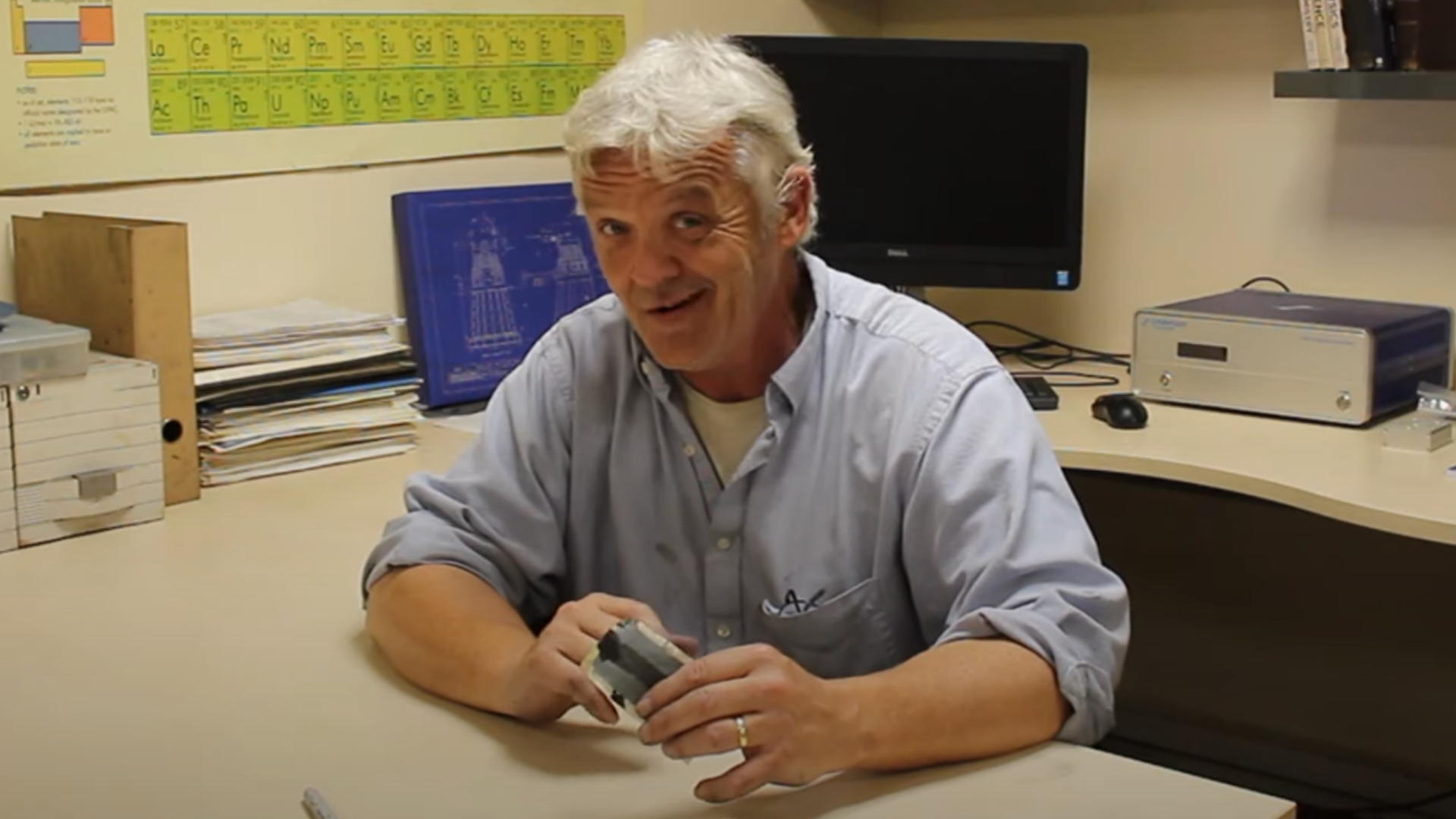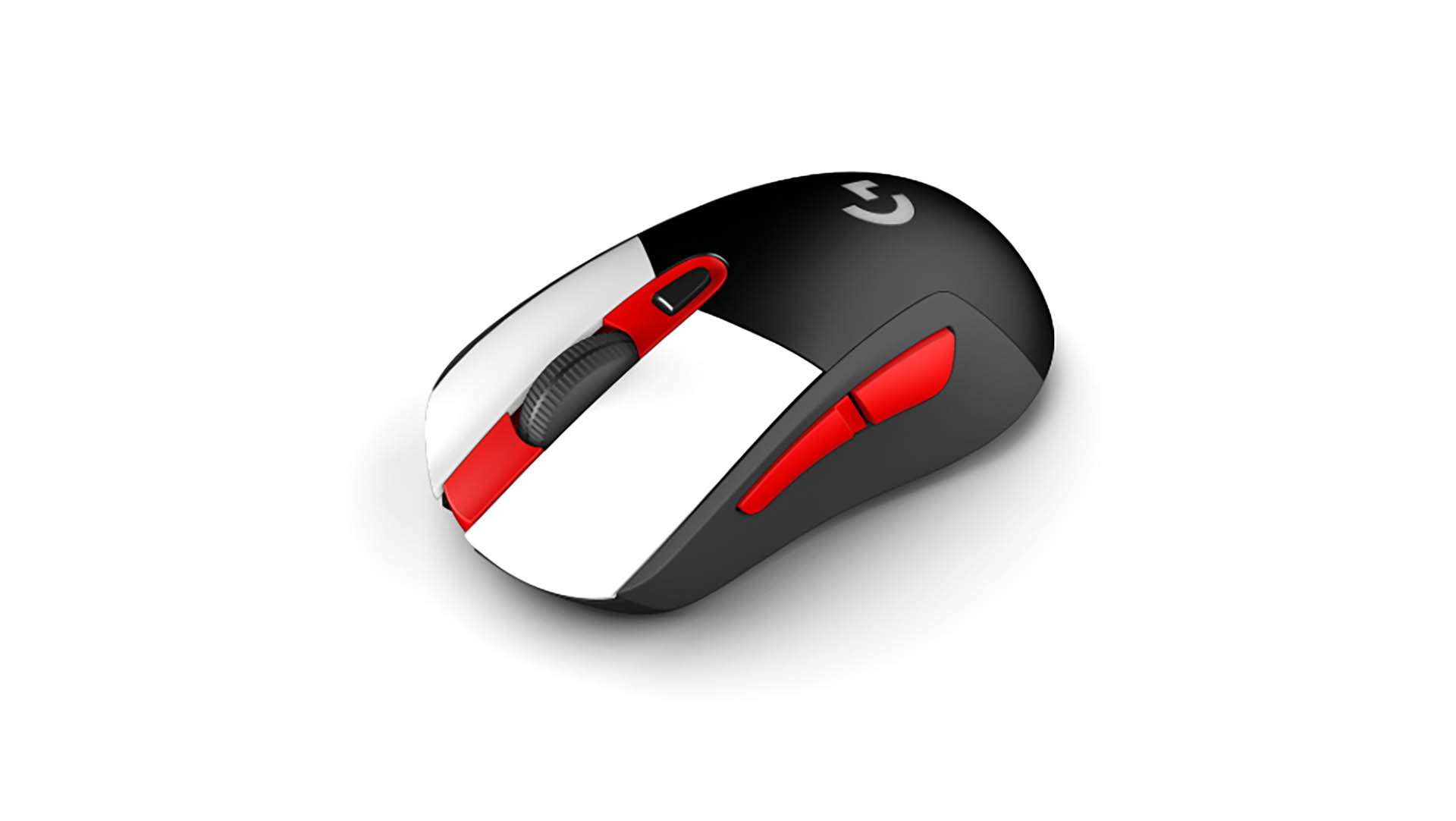Wait, you mean I can make a battery out of just paper and ink?
Paper batteries wouldn't power your gaming mouse for long, but imagine how light it would be.

Respect to the guy on YouTube who just showed me how to make paper batteries, because my mind is now whirling with ideas about powering all kinds of things with them. It's left me wondering if they could help power gaming mice, but turns out that's a bit of a long shot.
Robert Murray-Smith recently posted a video online detailing exactly how to make these paper battery cells, something that Stanford University has allegedly tried to claim as its own invention, but by Robert's estimations has actually been around since the 1880s.
You'll be surprised to learn that actually bashing one of these lightweight babies out isn't as difficult as it might sound. Rob simply followed the steps laid out by Alexandre Poulin et al. in their paper about these water activated disposable paper batteries.
Robert says the design is "based on a number of inks." There's a Cathode ink, an Anode ink, and a current collector ink, which together make a battery.
The Cathode even includes a material called Shellac—something you may have heard any of your manicured friends talking about in the context of getting their nails done—which works as a binder for the rest of the materials involved. It's kept flexible and prevented from drying out with Polyethylene glycol (the plasticiser), and Ethanol (the carrier) is used to mix it all up, with Graphite being the main ingredient.
The authors of the paper claim two of these batteries can power a digital clock for about two hours
The Anode ink and current collector ink are both essentially the same concoction (with slightly different proportions), only you replace the Graphite with Zinc powder, or add some carbon black for the collector.
Other than that, all you need is a saline solution, some ordinary rapeseed oil, and wax.
The biggest gaming news, reviews and hardware deals
Keep up to date with the most important stories and the best deals, as picked by the PC Gamer team.
What's great is that Robert explains the process in such an easy to grasp way, and in a digital medium that's accessible for a lot of people, so you can bet the people of Hackaday (where we discovered the story) are going to run with it in some capacity.
Granted these paper batteries don't last very long—the authors of the paper claim two can power a digital clock for about two hours. That kind of low-power tech can last around three years on a couple of AA batteries whereas something like, lets say, gaming mouse will only last maybe 60 hours.
Those kind of calculations are a bit beyond us, but essentially it might be a bit difficult to fully power a gaming mouse with even a couple of these.

Best gaming mouse: the top rodents for gaming
Best gaming keyboard: your PC's best friend...
Best gaming headset: don't ignore in-game audio
Today the best light gaming mouse is around 66g, and the still lighter option on the list is the Logitech G Pro X Superlight, which comes in at just 63g. The absolute lightest we've spotted in a while is the carbon fibre M2K at 23g; that's actually the same weight as a single alkaline AA battery, and it only gets away with that by being a wired mouse.
My theory is that if you stacked a bunch of these cells up you could at least have a little back up for your gaming mouse. Logitech already managed to utilise super small 7g batteries in it's G903 gaming mouse, with the help of the Powerplay mouse pad, so imagine something like that, only with a paper battery cell stack instead, for when your mouse slips off the pad for a wee moment.
The obvious catch is that you need to wet them in order for them to work. "Sweaty palm powered gaming mouse," my boss suggests.
Uh, no thanks. Still, it's a pretty impressive little feat that anyone can recreate in their garage.

Screw sports, Katie would rather watch Intel, AMD and Nvidia go at it. Having been obsessed with computers and graphics for three long decades, she took Game Art and Design up to Masters level at uni, and has been rambling about games, tech and science—rather sarcastically—for four years since. She can be found admiring technological advancements, scrambling for scintillating Raspberry Pi projects, preaching cybersecurity awareness, sighing over semiconductors, and gawping at the latest GPU upgrades. Right now she's waiting patiently for her chance to upload her consciousness into the cloud.

